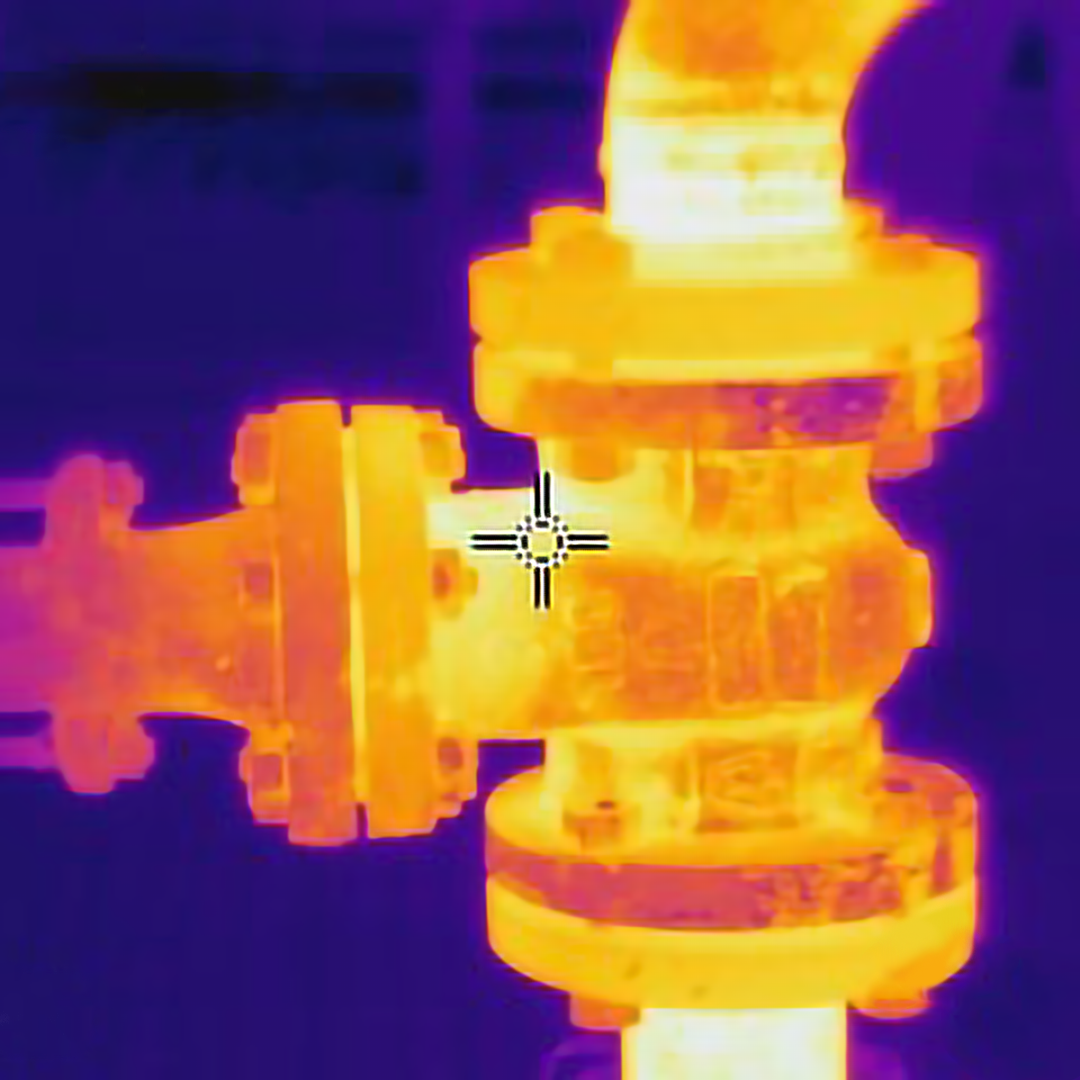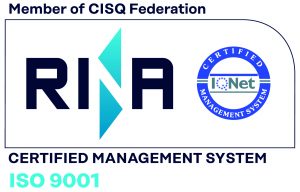Industrial thermography is an essential tool for the maintenance of industrial machines, system flaws can be highlighted by finding abnormal temperatures Technical anomalies are:
- Thermal losses from insufficient insulation
- Heating of electrical equipment
- Heating by friction of mechanical parts
- Overheating of electric motors and transformers
- Energy losses during the Energy Saving evaluation
Our service consists of thermographic surveys performed at the customers’ premises, with the help of special equipment and qualified personnel.
The images obtained by reading in the infrared field are translated into a chromatic scale and are combined with digital images. In this way it is possible, through explanatory reports, to document the status of the system by identifying all the anomalies. Maintenance operations can thus be targeted and even more efficient.
Why perform a thermographic survey?
- Helps focus on precise intervention points by reducing the time required for preventive/predictive maintenance
- It manages, with a low cost, to prevent very expensive breakdowns and downtime, providing documentation of the state of an object or a machine.
- Improves operational safety with reduced risk also for personnel
- Reduces the amount and severity of failures
- Evaluates the potential residual life and extends the average life of the plant/machine
- Improve the design and performance of the plant/machine
- It helps during repairs, limiting the costs of renovations
It is advisable to perform a thermographic survey 1/2 months before the injection stop/activity, in order to obtain the exact number of Hot Spots that needs an intervention. A thermographic survey every 6 months is useful for creating a history of the state of the system and keeping it monitored It is suggested to perform thermographic investigations on valves, pipes, turbine ducts and turbine insulation every 3/4 months in order to eliminate heat losses due to bad insulation: this way the dispersion of energy can be decreased, and the accidental contact points can be monitored reducing the risks for operators.
The thermographic surveys make it possible to obtain a noticeable, almost immediate, economic saving



